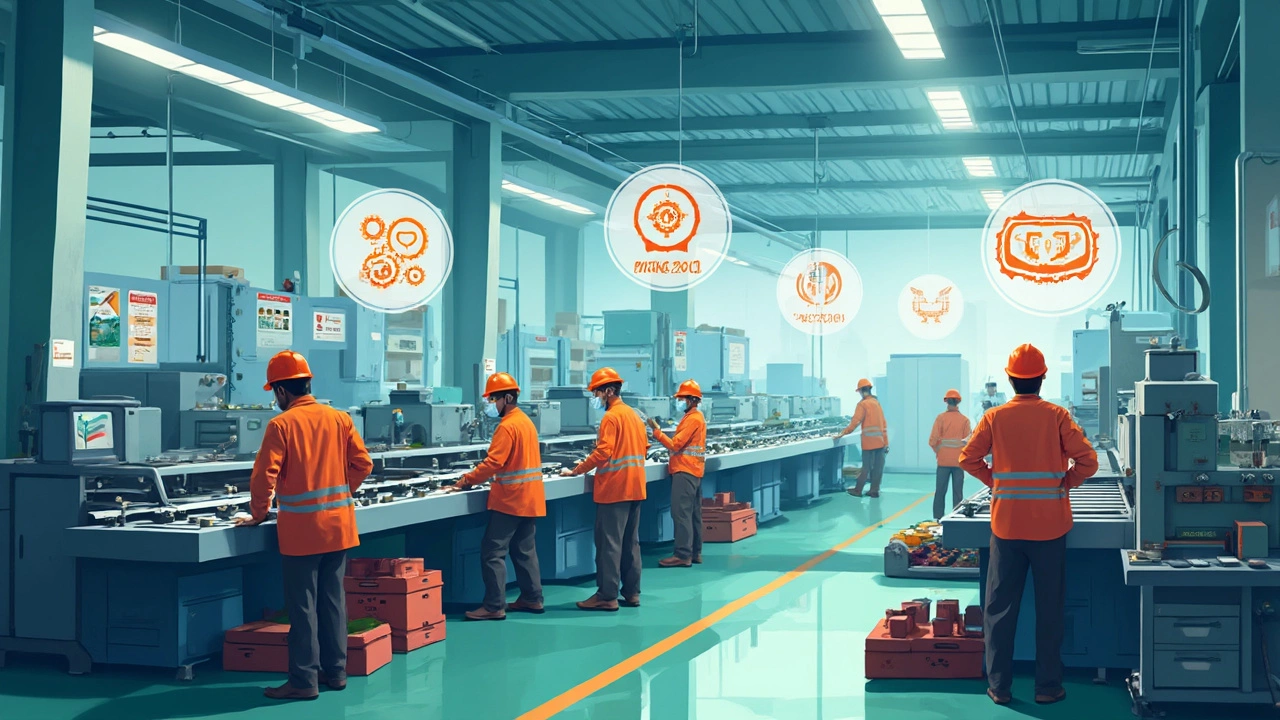Make in India – Boosting Domestic Production and Global Partnerships
When working with Make in India, a government‑led push to expand domestic manufacturing and attract overseas capital. Also known as Make in India initiative, it sets clear targets, simplifies regulations and promotes innovation across sectors. The Indian manufacturing sector, covers everything from heavy steel plants to high‑tech electronics is the main arena where the program plays out. Foreign investment, capital flowing into new factories and joint ventures fuels the growth engine, providing the funds needed for modern equipment and skilled labor. Together, these elements mean that Make in India encompasses domestic production, relies on foreign capital, and aims to raise the global competitiveness of Indian factories.
Policy Levers and Economic Strategies
The success of Make in India hinges on two policy pillars. First, Import substitution, the strategy of replacing imported goods with locally made products reduces reliance on foreign suppliers and creates demand for home‑grown components. Second, the broader Industrial policy, government guidelines that shape incentives, tax breaks and ease‑of‑doing‑business reforms provides the regulatory scaffolding that makes factory setups faster and cheaper. When a country’s industrial policy influences a manufacturing program, it creates a feedback loop: better policies attract more investment, which in turn validates the policy framework. This loop helps the Make in India initiative achieve its goal of turning India into a global production hub.
Specific industries illustrate how the program works on the ground. The automotive sector, for example, sees new assembly lines for both conventional and electric vehicles, driven by tax incentives and streamlined licensing. The textile industry, long a staple of Indian exports, benefits from modern looms and sustainability standards that boost value‑added output. Even cutting‑edge fields like AI chip production are joining the movement, with startups and established firms setting up fabs that align with the Make in India vision of high‑tech self‑reliance. These sectoral examples show that the initiative isn’t just a slogan—it’s a framework that connects policy, investment and market demand to create real manufacturing capacity.
Readers who scroll down will discover a curated set of articles that dive deeper into each of these themes. From the rise of Indian car makers to the latest trends in AI chip manufacturing, the collection offers practical insights, data‑driven analysis and actionable takeaways. Whether you’re a policy analyst, an investor, or a manufacturer looking to tap into India’s growth story, the posts below will give you the context and details you need to navigate the Make in India landscape.

